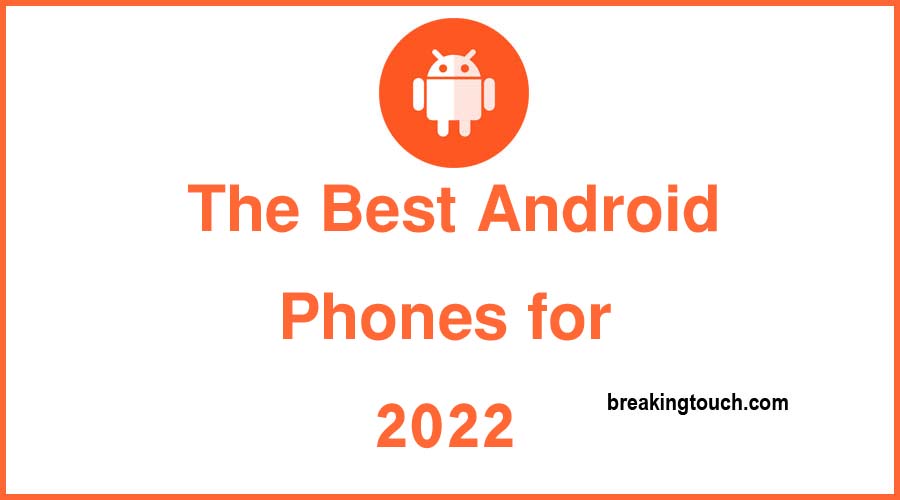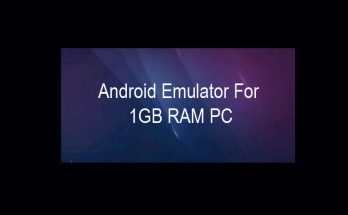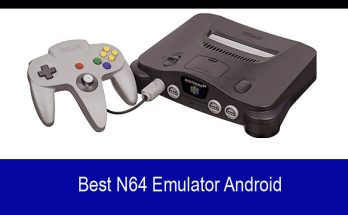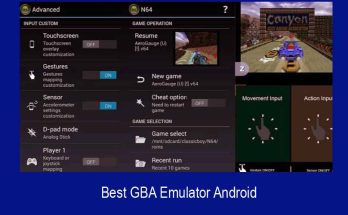Switching from Apple iPhone or just not a fan of iOS? Get a Google-powered alternative. Here’s how to find the right device for you, plus the best Android phones we’ve reviewed. Whether you’re looking for a big or small phone, entry-level or high-end, Android has something for everyone. And unlike Apple’s rigid release cycle, Google’s hardware partners release a seemingly endless stream of new devices throughout the year. But therein lies the problem: with so many options, how do you choose the right one? Luckily for you, we test and review just about every smartphone available from major US carriers.
Keep in mind that most phones here are available unlocked and can be used with multiple US carriers, although previous reviews may not include your preferred carrier. Read on to find out what to look for when shopping and our top picks for Android phones.
When to Buy a New Android Phone
Android’s release cycle has become endless, with a new batch of flagships appearing every month. However, now is the perfect time to buy, as most manufacturers aim to have their products on store shelves before the holiday season. We’re pretty sure we won’t see any major new flagships until 2022.
5G Android Phones
Almost every high-end phone you buy now will have 5G. If you’re buying a low-end device, don’t worry too much; Current domestic 5G systems from AT&T and Verizon do not significantly improve performance over 4G, and even new low-end Android phones from T-Mobile have started to feature mid-range 5G, giving T-Mobile the 2021 Network Test win to this fastest mobile phone.
If you want the best network speeds in the future, look at a C-band phone (n77 band). C-band networks are coming to AT&T and Verizon this year, delivering many times the speed of lower-band 4G and 5G systems. The number of phones with C-band connectivity is growing rapidly, but you’ll need to confirm that the phone you’re considering is compatible. We indicate if a phone is C-band compatible in each of our reviews to make the process easier.

Pricing Trends
This list contains phones ranging from under $200 to almost $2000. At the low end, the Motorola Moto G Pure and Samsung Galaxy A32 5Goffer excellent value for money. A word of advice on the low end: phones from carriers (who don’t name their manufacturer) are often not very good.
Most phones sold in the US cost $600 or more because they’re sold on monthly payment plans that hide the cost for 24 or 30 months. But there’s also a thriving market, mostly prepaid, for phones that cost $300 or less. Take a look at cheap OnePlus phones or Motorola and Nokia phones sold by prepaid providers for decent quality at low prices.
The pandemic has prompted phone makers to reassess the sky-high prices of flagship phones we saw earlier in 2020. The Pixel 6 is a great example of a phone that offers flagship performance for under $1,000.
AT&T and Verizon’s millimeter-wave 5G systems continue to impose an “mm-wave tax” on many select versions of sub-6GHz phones; Verizon 5G-enabled phones typically cost $100 more than 5G phones, with AT&T adding $130 on top of the cost. If there’s an exception, it’s usually because the carrier or manufacturer is quietly subsidizing the phone.
For more, check out our stories on the best cheap phones, the best cheap phone plans, and nine tips for getting the best price on a cell phone.
What Size Phone Is Right for You?
In recent years, the shape and size of Android phones have changed dramatically. Many manufacturers have started making their phones taller and narrower, resulting in models that are easy to use with one hand and incredibly large screens. We take a closer look at the new form factors in our article on how we should measure phone screens now.
You can find Android phones with screen sizes ranging from 3 inches (the Unihertz Jelly 2) to over 7 inches (the Samsung Galaxy Z Fold3). However, with the new form factors, it is very important to consider the width of the phone and the width of the screen. A tall, narrow phone can be much easier to handle than a wider phone.
Which Is the Best Android Version?
Not all androids are the same. Device makers like Asus and Samsung have been applying their own vision to Android for quite some time. If you want a pure Google experience, you should opt for a Pixel device. These are the development models where Google makes sure updates are rolled out first. Motorola and OnePlus also have very clean user interfaces, although they tend to add more invisible features to Android.
Android 12 is the latest version and it is becoming more common. Don’t buy a phone with Android 10 or lower; The older the Android software version, the more likely it is to have serious security vulnerabilities. Also, check the number of OS update cycles promised by the manufacturer; Google and Samsung tend to lead the multi-year upgrade pack.
Why No Oppo, Vivo, or Xiaomi?
Three of the top five smartphone makers in the world don’t sell phones in the US and we primarily serve US consumers. In the case of Oppo and Vivo, it’s because they ceded the US market to their sister brand OnePlus. (Oppo and OnePlus are now essentially merged.) Xiaomi has repeatedly stated that its business model, which relies heavily on ad revenue and subscription services, will not work in the US, which faces sanctions. that prevent the company from using American components. or software on their smartphones to use.
We don’t recommend importing foreign phones for use in the US, as they often perform poorly on US networks. When we tested the Oppo Find X5 Pro, we were unable to connect it to the 5G system from T-Mobile.
Should You Buy Through a Carrier or Unlocked?
The US market is still dominated by carrier-sold phones, but buying your phone outright gives you more freedom to switch carriers if you wish.
Unlocked phones come with no carrier bloatware and no current payment plan, so you can switch carriers or sell them on eBay whenever you want. An unlocked phone is actually something you own. All the phones on this list can be purchased outright without carrier intervention. But most people still buy their phones through carriers that offer a one-stop service and support point, as well as monthly plans that lower the phone’s upfront prices. You also need to make sure your carrier (especially if you’re using an MVNO) supports the phone and all of its features on their network. Several readers have reported to us that their mobile provider does not support their unlocked device even though the network does.
With that in mind, choosing Android as your mobile operating system is only half the battle. If you’re still undecided, check out our list of the best phones, regardless of the operating system.






